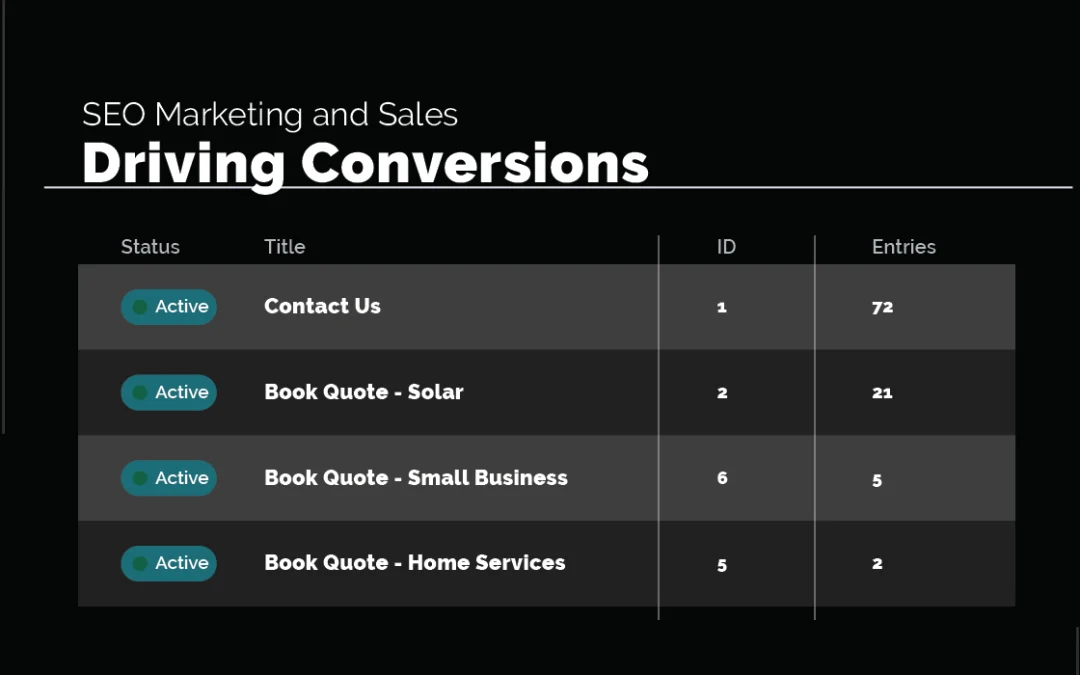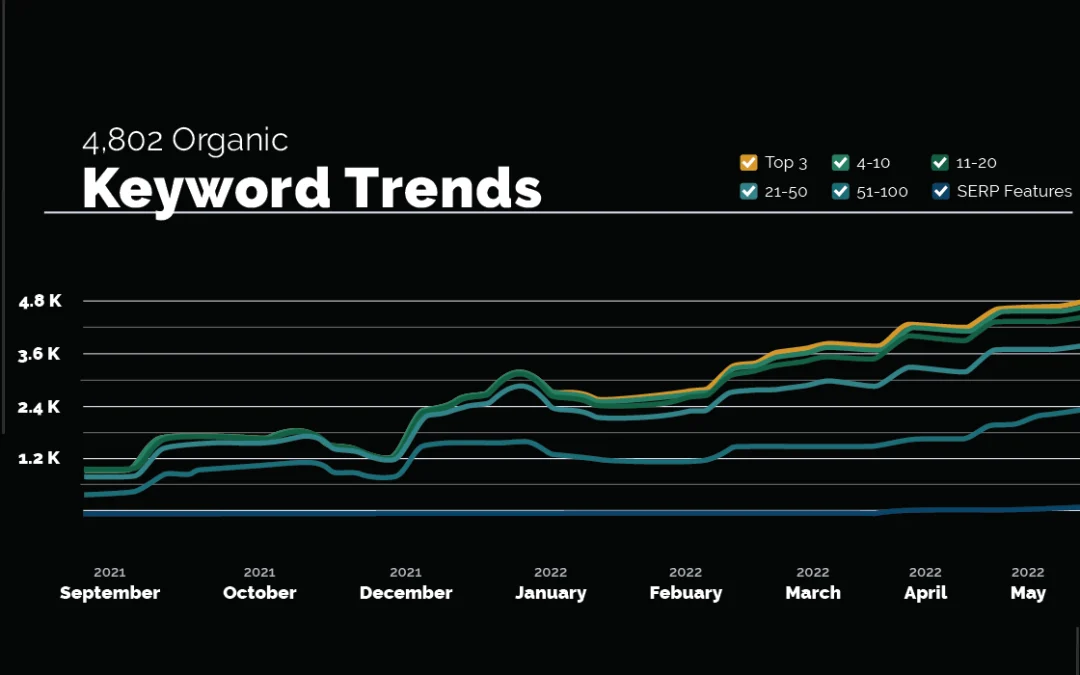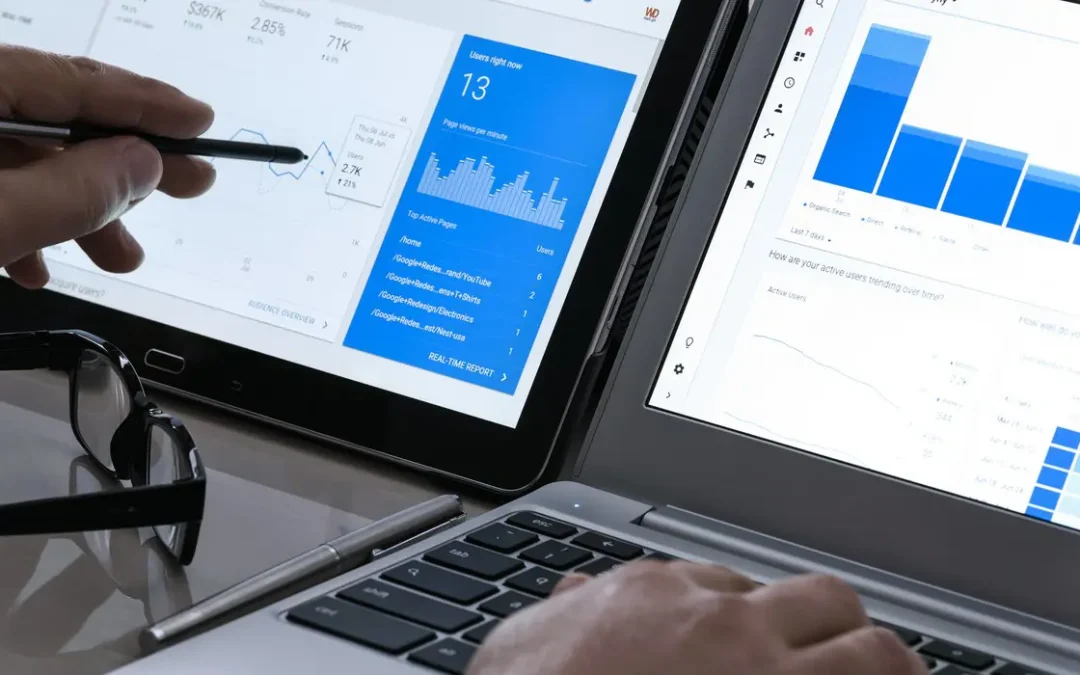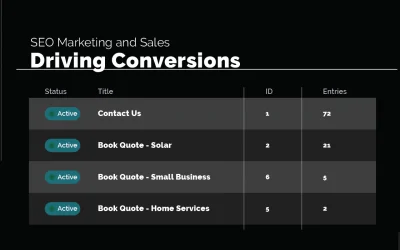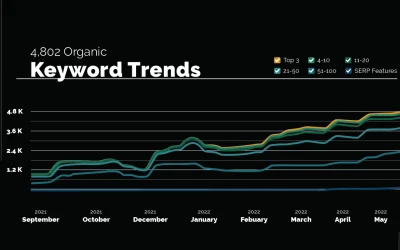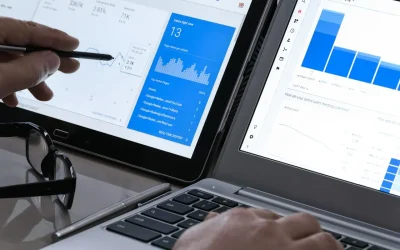Summary
- PPC ads are a potentially powerful part of any digital marketing strategy, but knowing how to plan and launch them effectively can be a challenge. You’ll need to set clear goals for each campaign, determine a suitable advertising budget, and conduct keyword research to create ads that are relevant to your audience’s interests.
- Once you’ve laid the groundwork for your campaign, create engaging ads with strong calls to action and optimize landing pages for user engagement and conversion.
- You’ll also want to monitor and optimize your campaign regularly as it runs, adjusting strategies and conducting A/B testing as necessary.
- Remember: successful PPC campaigns require ongoing maintenance and patience as they enter a learning phase after launch. Getting help from experienced digital marketers to create effective campaigns can give you the confidence you need to stick to your campaign and wait for it to pay off.
PPC ads are one of the most effective ways to reach your audience—when you run them correctly. But creating a PPC campaign that successfully converts while staying within your budget can feel like a difficult balancing act, especially when you have limited experience. So what should you expect when starting a PPC campaign for your brand, and what steps should you include in the process?
Below, I’ll walk you through the key pillars of every PPC campaign I develop for our clients at Monochrome Marketing. You’ll learn how to plan, develop, and launch your ads—plus how to track their effectiveness and optimize them while they’re running.

Starting Out: Setting Goals for Your Campaign
The first step in any PPC campaign is to clearly define your campaign goals—as this will help you track your campaign’s progress and evaluate its success. Common goals include:
- Increase website traffic
- Generate leads
- Increase sales
- Raise brand awareness
Determining Your Campaign’s Budget
The next step is to determine your advertising budget. How much are you willing to spend to get the results you want—and how much can you afford to spend before the results are no longer worth it? Fortunately, once you know what your ceiling is, keeping your spending in check is easy—since Meta, YouTube, and other platforms allow you to set a daily or monthly budget for your campaign.
You’ll also want to ensure that your budget aligns with your campaign goals. For instance, if your goal is sales and you want to make 100 sales, you consider the average cost per click and your conversion rate—look at how many sales you want to get and reverse-engineer it. For this to work, you’ll need to make sure your conversion tracking is accurate (the best way is to validate your data within Google Analytics and then use that conversion rate for your calculations).
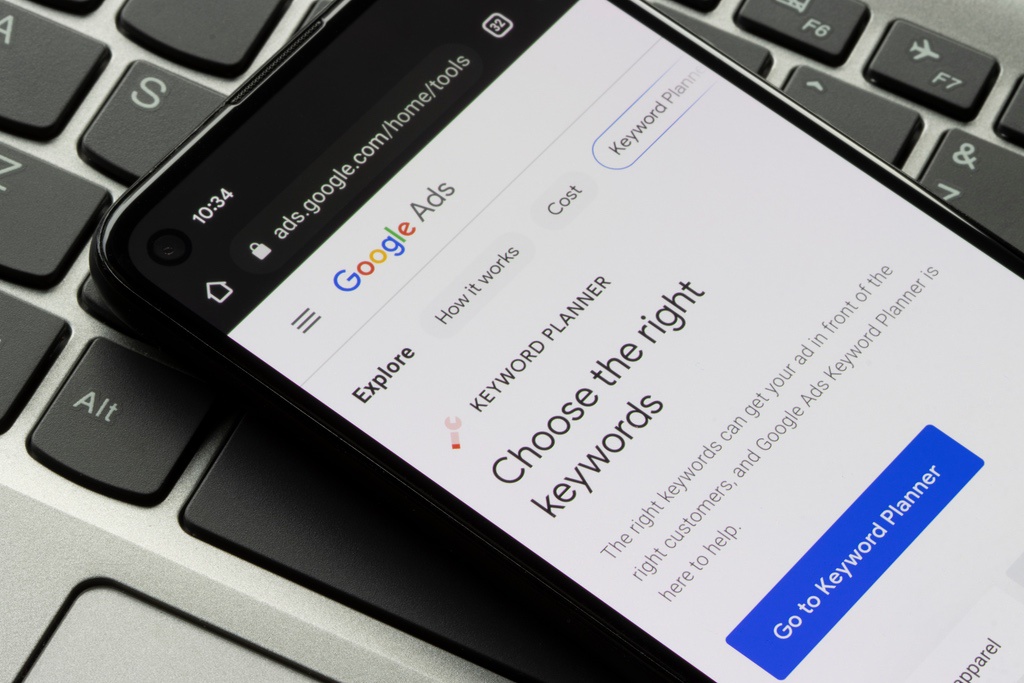
Performing Keyword Research
Keywords help your ads get in front of people who are already searching for products and services like yours—so using the right ones is about identifying the search terms your target audience is likely to use. To do this, you can use keyword research tools like the Google Ads Keyword Planner, which lets you:
- Generate keyword ideas by entering words, phrases, or URLs related to your business
- Get insights into which keywords are being searched and track their trends over time
- See cost estimates of what you’ll likely pay each time someone clicks on your ad, based on keyword popularity and other factors
- Filter keywords based on location, language, date range, and more
- Automatically generate ad group ideas based on related keywords
- Pinpoint negative keywords that you don’t want your ads shown for (which improves traffic quality)
Creating Your Ad
Once you know what you can afford to spend and what keywords you’ll target, it’s time to actually build the ads you’ll be running. To do this, you’ll need:
- Compelling and relevant ad copy: Use attention grabbing headlines and persuasive descriptions. Keep character limits for your ad in mind (these will vary between platforms) and make sure your text is delivering maximum bang for buck.
- Eye-catching and engaging images: Include images or video that draws people in and hooks them immediately—the longer a person spends looking at your ad, the more likely they are to click it.
- A clear call to action (CTA): Make the action you want your audience to take explicit and unambiguous. Short and to-the-point CTAs usually work best (”buy now”, “learn more”, “contact us”, etc.).

Optimizing Your Landing Page
Of course, having an awesome ad is only half the battle—it also has to take users who click to a landing page they’ll want to use. Your landing page must make it easy and appealing for users to take the action you want them to take—here’s what I recommend:
- Use dedicated landing pages that align with the ads you’re running: Don’t settle for taking users to your homepage or a generic contact page (unless your goal is specifically to get more phone calls and emails). You want to remove as many steps between your user and the desired action as possible, so try linking your ads directly to dedicated landing pages instead.
- Ensure landing pages have a clear value proposition, match the users intent, and have a clear CTA: The content of the landing page should be tailored to the problem or pain point the user is trying to solve, and tell them exactly how following through on the action in question will solve it. Do this quickly and then present them the opportunity to complete the action—a couple lines of text and a button or form is ideal.
- Make sure your landing page loads fast and is easy to navigate: Over 70% of users say slow load times impact their decision to make online purchases, so it’s critical to ensure your LP loads as quickly as possible—aim for half a second or less.
Tracking Conversions
Once your ad is up and running, you’ll need to implement conversion tracking to measure the success of your campaign. How many people are actually doing the thing your ad is encouraging them to do?
Common Conversion Types
The action you want people to take after clicking on your ad should be related to the goals you chose in step one above, but there are usually a few different conversion types you can focus on to get the results you want. Common types include:
- Purchases (ideal if you have a straightforward goal like selling more products)
- Newsletter signups (perfect if your goal is raising brand awareness)
- Form submissions (this is what you want if your goal is to generate and qualify leads)
Using Google Tag Manager for Accurate Conversion Tracking
Once you’ve zeroed in on the conversion types that will determine your campaign’s success, you can set up tracking pixels and codes on your website to flag these specific actions when users take them. Google Tag Manager is one of the easiest ways to do this—for example, it lets you set up triggers so that as soon as a user lands on your thank-you page after submitting a form, that conversion gets tracked and logged in Google Analytics.
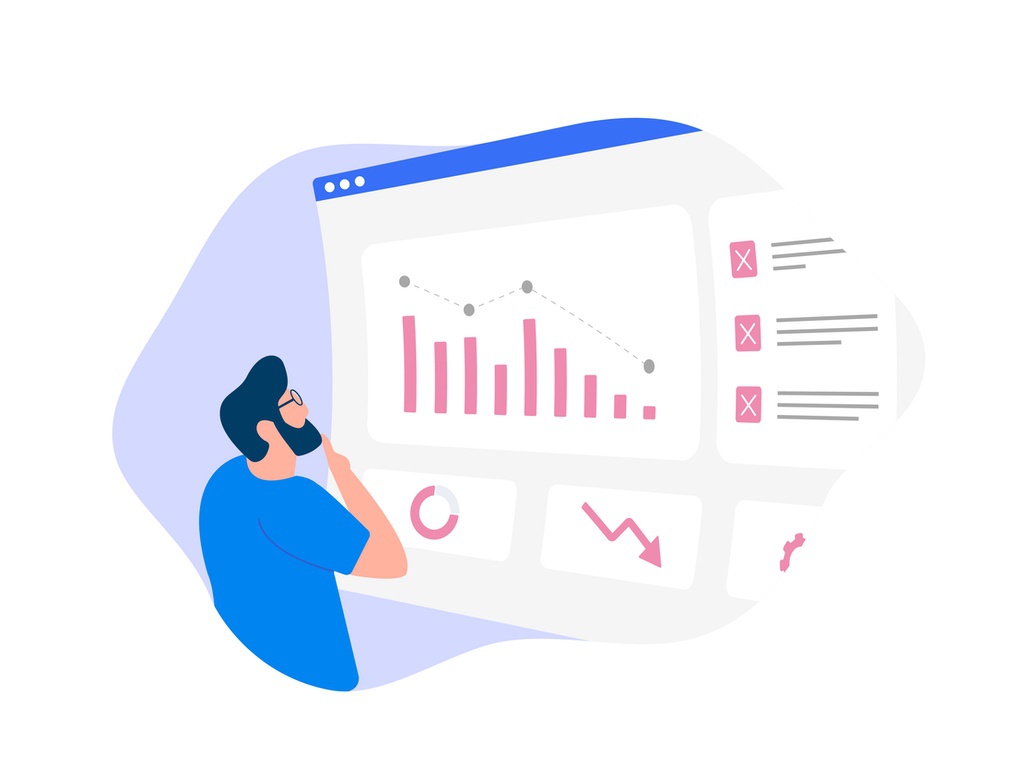
Monitoring & Optimizing Your Campaign
Once you’ve got all of the above up and running, you might think your job is over—but you’d be wrong. In fact, you’ll need to regularly monitor your campaign’s performance and make data driven optimizations to keep it as effective as possible while it runs.
What to Monitor
To do this, you’ll want to keep an eye on your KPIs. These will likely (but not necessarily) be similar to your conversion types. Common KPIs for PPC campaigns include:
- Return on ad spend
- Form submissions
- Phone calls
Less common KPIs might include overall impressions (if your goal is simply to increase your brand’s visibility) or traffic from specific sources (if your goal is to maximize conversions from a specific audience—a good example would be looking at traffic from homeowners in Alberta if you’re a local roofing installer there).
How to Optimize
Once you’ve established the KPIs you want to improve over the remainder of your campaign, here are a few things you can try doing:
- Adjust your bidding strategy: Allocating more budget towards high-performing keywords can improve your ROI.
- Pause underperforming keywords: This prevents budget waste.
- Add negative keywords: Negative keywords refine ad targeting, improving relevance and CTR.
- Add bid adjustments to device types: Bid adjustments optimize spending on high-conversion devices.
- Conduct A/B tests: A/B testing informs data-driven decisions to enhance your ad’s effectiveness.
Remember: Keep Learning & Be Patient
Successful PPC campaigns require ongoing learning and adaptation—stay up to date with industry trends (like Google’s Performance Max campaigns, for example), explore new advertising platforms or features, and learn from your competitors!
Performance Analysis & Reporting
Remember: the extent to which you record and learn from your findings will be the extent to which you build on your campaign’s success. Generate regular reports to assess your campaigns effectiveness, look for useful patterns and data trends, and identify areas for improvement—like refining your strategy, optimizing your ads, and using your budget more effectively.
Investing in Long-Term Results
Finally, it’s critical to bear in mind that PPC campaigns enter a learning phase once launched. This learning phase gives the platform’s algorithm a chance to learn more about how users are interacting with your ads, how they are converting, which conversion actions they’re taking, etc. This means that it will take some time for your campaign to build up steam—so don’t be discouraged if you don’t see world-shattering results on day one!
Different platforms vary in terms of how long their learning phases are—Meta, for example, takes approximately 50 optimization events after each significant edit. Once your campaign exits the learning phase, the right bidding strategy should excel at optimizing for the campaign goal you’ve chosen. If your strategy is solid, the most important thing to do is simply be patient—results will come.
PPC campaigns aren’t rocket science, but they can have a lot of moving parts and knowing what information to focus on can be a challenge. To find partners who can provide expert support for your PPC campaigns, reach out to our team at Monochrome Marketing and chat with me or one of my team members about how we can help.

